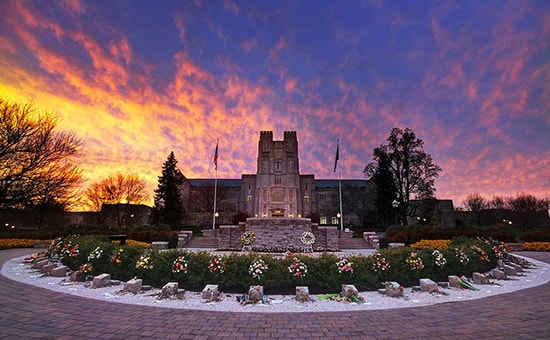It is becoming increasingly difficult to entice students into expensive two-year MBA programmes resulting in some schools even phasing out the full-time offer, such as Wake Forest University, Virginia Tech and Tippie (See the news about Tippie’s programme change in this newsletter). That trend has spurred schools to establish a variety of specialised master’s programmes, executive programmes and part-time offers that allow students to finish a degree in less time and with more flexibility for students who need to continue working (also see the news about Stern’s expansion of its EMBA).
Another visible trend is a certain aversion to US programmes. That could be a result of programmes in Europe, Canada, India and East and Southeast Asia becoming more well-known and valued as well as a reaction to the anti-immigrant stance of the current U.S. government under Donald Trump. Programmes in Europe and Canada are now about twice as likely to report growth in international applicants, compared with the U.S. Across all programme types, just 32 per cent of U.S. programmes reported growing international application volumes in 2017, versus 49 per cent in 2016. Conversely, 77 per cent of Canadian programmes reported an increase in international applications (46 per cent in 2016), as well as 67 per cent of European programmes (65 per cent in 2016). Despite the Brexit vote, about two-thirds of programmes in the United Kingdom have seen international demand grow. “While non-U.S. programmes are thriving, a strong economy and a disruptive political climate is likely contributing to the downward trend in application volumes among smaller U.S. programmes this year”, said Sangeet Chowfla, GMAC president and CEO.
According to GMAC, 73 per cent graduate business programmes with 201 or more class seats reported increased application volumes this year thanks to a resurgence of domestic applications, offsetting declines in international applicants.
It was a different picture, though, for smaller programmes (50 or fewer class seats). Whilst the mentioned non-US programmes experienced good growth numbers, fewer than half of the smaller programmes in the United States were growing – with the exception of part-time lockstep MBA and Master in Data Analytics programmes.
Another ongoing trend is that women are increasing their representation in the graduate business school market. Today, women represent 42 per cent of the total applications received by participating survey programmes, up from 37 per cent in 2013.
GMAC conducted its 18th annual Application Trends Survey from early June to mid-July 2017. The survey findings are based on responses from 351 business schools and faculties located in 40 countries representing 965 graduate management programmes, including MBA, non-MBA business master's, and doctoral-level programmes.
Level of experience unchanged
The level of experience that the applicants bring to the graduate business programme has remained relatively consistent in 2017 compared with five years ago according to the GMAC survey. For example, the majority of full-time MBA applicants have between three and 10 years of experience; the majority of executive MBA applicants have 10 or more years of experience; and most online MBA applicants have six or more years of experience. Among business master’s programmes, applicants tend to have less than one year of work experience; the exception is the Master in Data Analytics candidate who tends to have more experience.
Read more on The Wall Street Journal and GMAC

